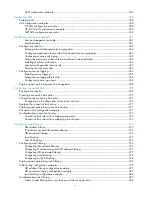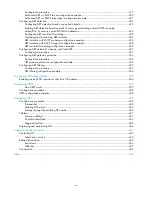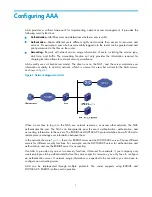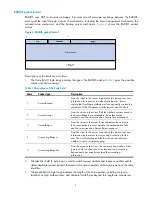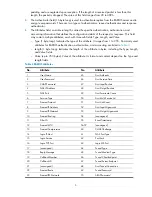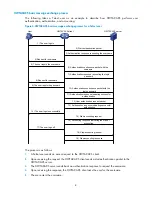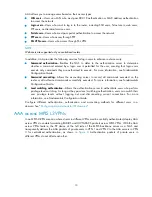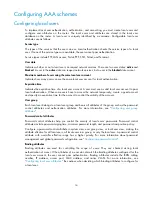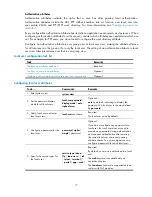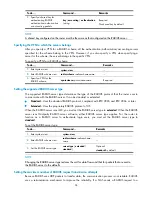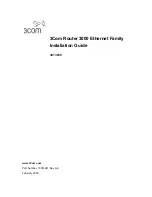
9
6.
After receiving the username from the user, the HWTACACS client sends the server a continue-
authentication packet that carries the username.
7.
The HWTACACS server sends back an authentication response, requesting the login password.
8.
Upon receipt of the response, the HWTACACS client asks the user for the login password.
9.
The user enters the password.
10.
After receiving the login password, the HWTACACS client sends the HWTACACS server a
continue-authentication packet that carries the login password.
11.
The HWTACACS server sends back an authentication response to indicate that the user has passed
authentication.
12.
The HWTACACS client sends the user authorization request packet to the HWTACACS server.
13.
The HWTACACS server sends back the authorization response, indicating that the user is now
authorized.
14.
Detecting that the user is now authorized, the HWTACACS client pushes its configuration interface
to the user.
15.
The HWTACACS client sends a start-accounting request to the HWTACACS server.
16.
The HWTACACS server sends back an accounting response, indicating that it has received the
start-accounting request.
17.
The user logs off.
18.
The HWTACACS client sends a stop-accounting request to the HWTACACS server.
19.
The HWTACACS server sends back a stop-accounting response, indicating that the stop-accounting
request has been received.
Domain-based user management
A NAS manages users based on ISP domains. An ISP domain has a collection of users.
On a NAS, each user belongs to one ISP domain. A NAS determines a user's ISP domain by the
username entered by the user at login, as shown in
Figure 7
Determine the ISP domain of a user by the username
The authentication, authorization, and accounting of a user depend on the AAA methods configured for
the user's domain. If no specific AAA methods are configured for the domain, the default methods are
used. By default, a domain uses local authentication, local authorization, and local accounting.




